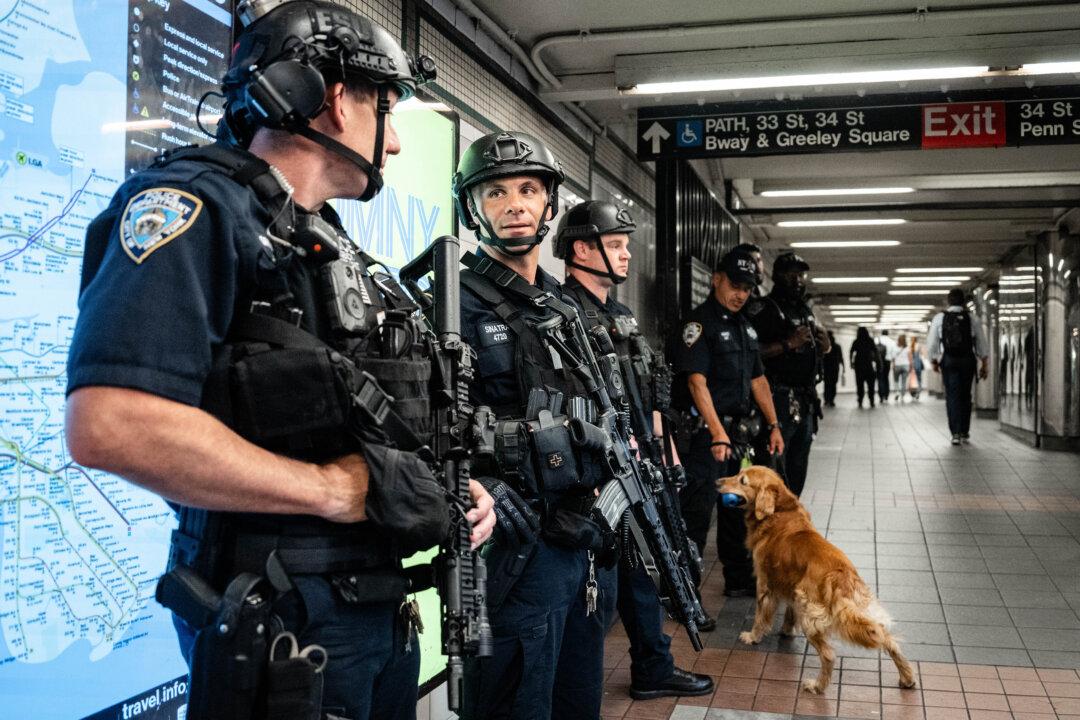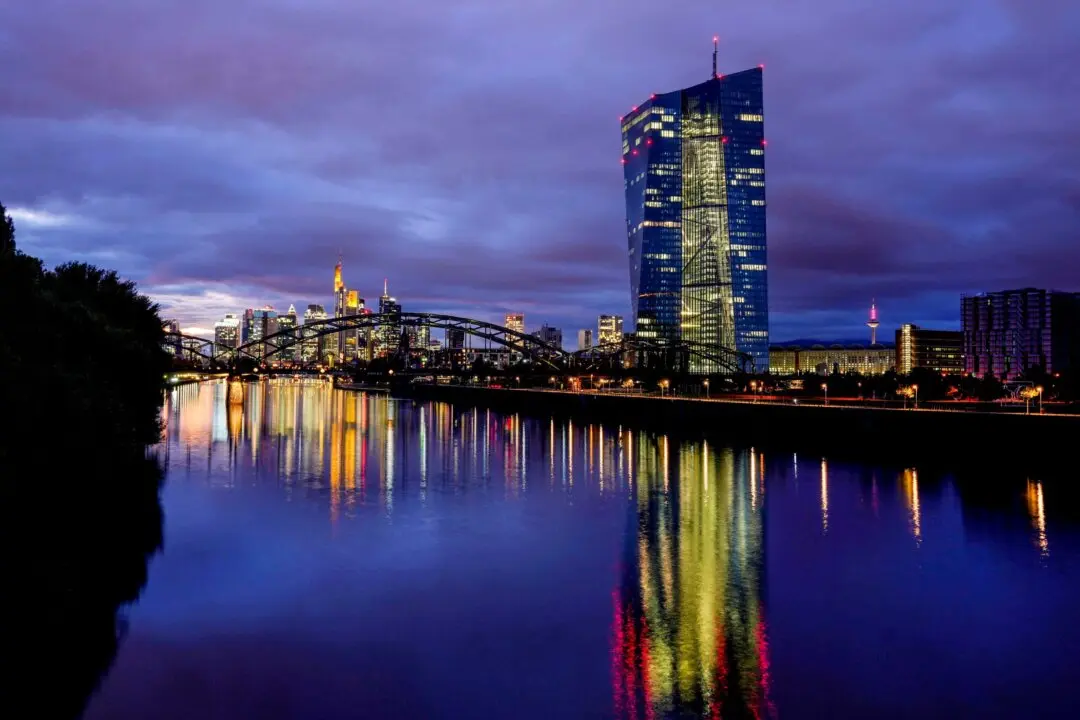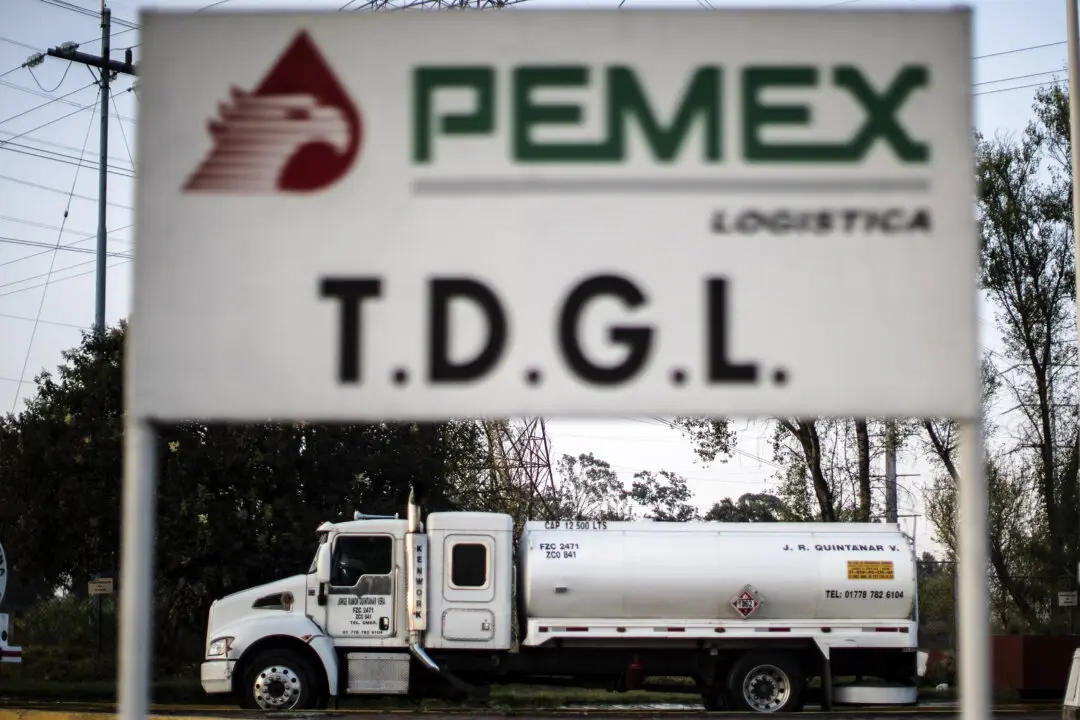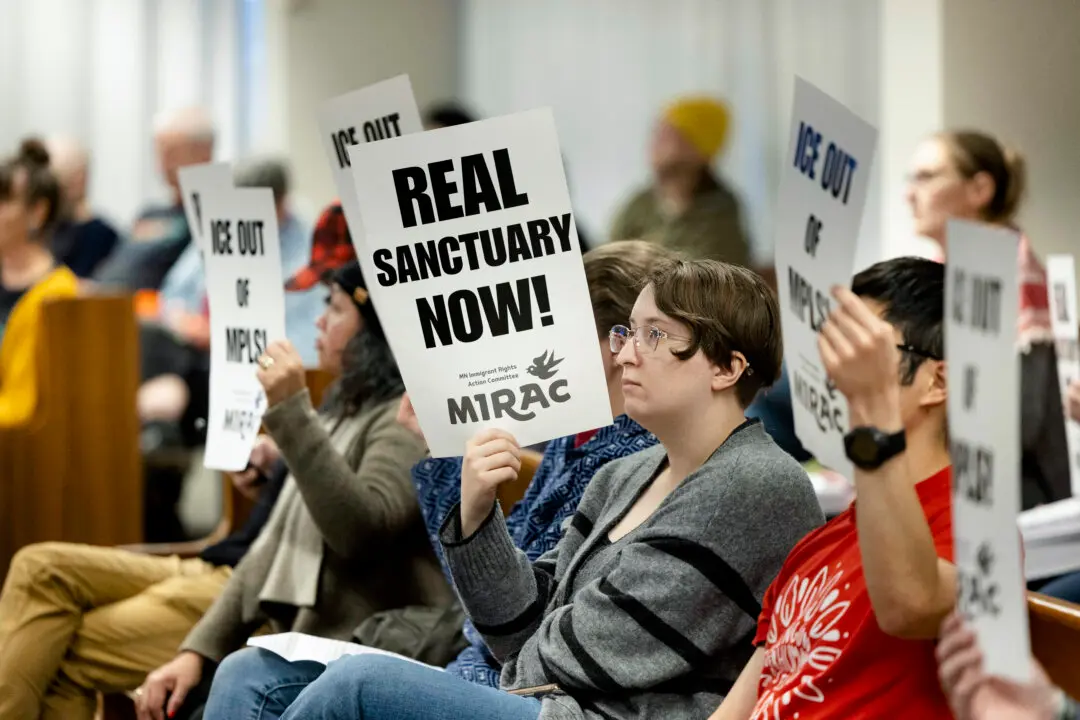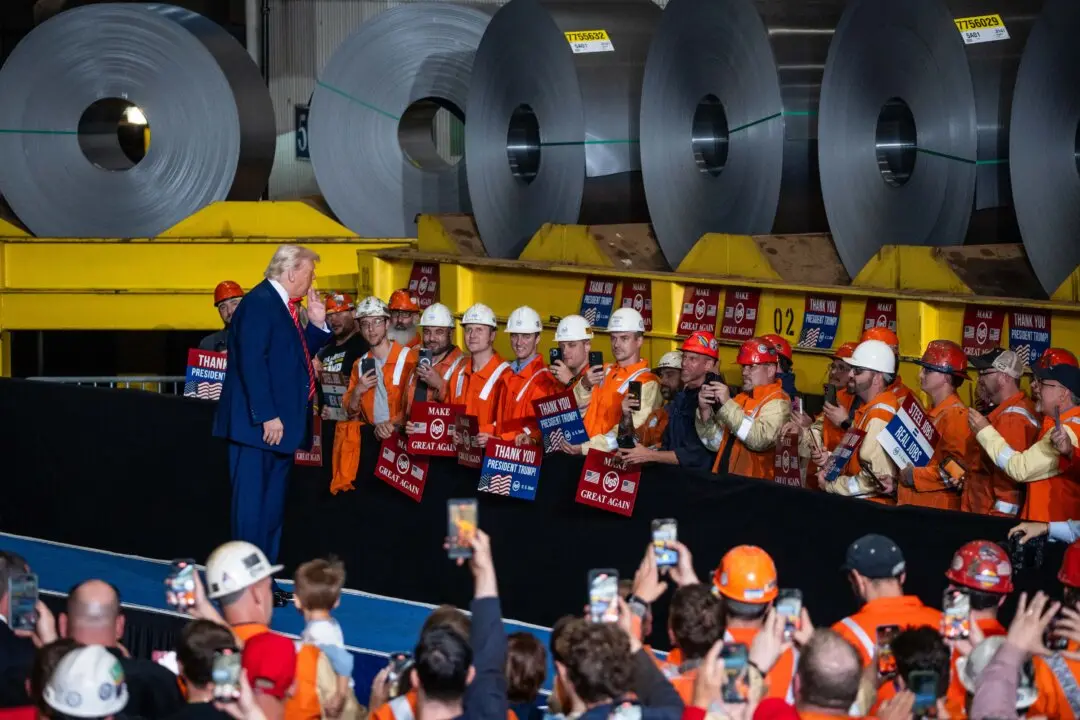The New York Police Department (NYPD) settled a lawsuit that alleged excessive use of force against people who protested the death of George Floyd, agreeing to overhaul how it responds to demonstrators.
The settlement agreement (pdf), filed in a Manhattan federal court on Sept. 5, would require the NYPD to deploy fewer officers in most public protests and use a four-tier system to determine appropriate police response—with a focus on de-escalating the situation. It also would prohibit the practice of ‘kettling,’ in which officers surround and confine a group of people to arrest them.
